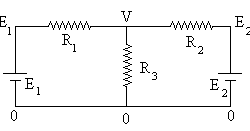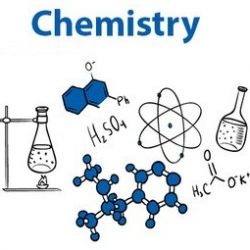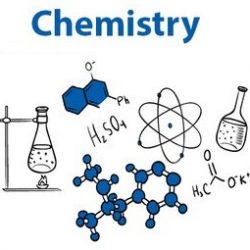Circuit Solution Methods (By Examples)
To find the equivalent resistance between A and B.After marking the junction Hence equivalent resistance between A and B is RAB = 3R/5. Nodal analysis: To find the current distribution in armsTo solve this one must assume the potential of one node equal to zero and then corresponding other potentials as marked in following diagramThe solving equation for Read more about Circuit Solution Methods (By Examples)[…]




